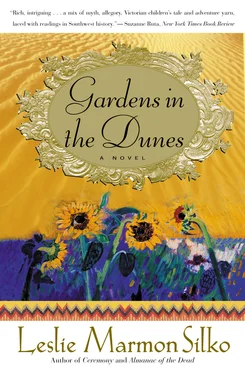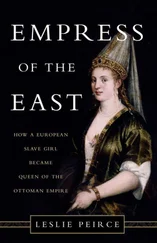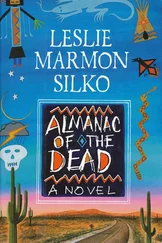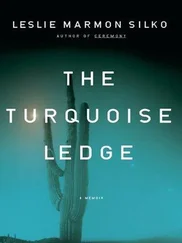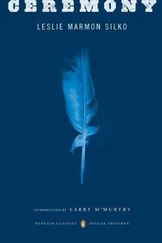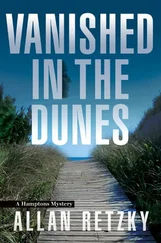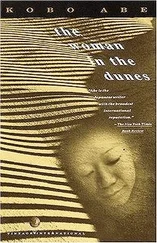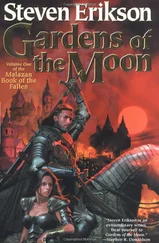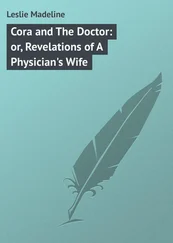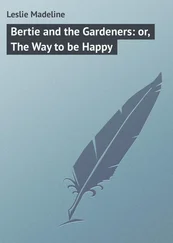Edward was alarmed about Hattie’s sleepwalk. What if she sleepwalked off the deck of the ship? Should they consult a doctor? Edward wanted to postpone his trip to London, but Hattie insisted he take the noon train as planned for his meeting with the Kew Gardens staff. She felt a bit strange after her sleepwalk, but she certainly wasn’t ill; there was no reason for Edward to miss his appointment.
Hattie wanted time alone to reflect on her experience in the garden. She promised to rest for an hour or two, but later, in the darkened bedroom, Hattie tossed and turned but did not sleep soundly; she could not stop thinking about what she had seen. Her thoughts raced — what had she seen, luminous and white, moving through the foliage of Aunt Bronwyn’s corn plants and sunflowers? The memory of that instant caused Hattie to weep again with the joy she felt with all her being. Thoughts raced through her mind in swift-moving torrents — glittering and flashing. Words from her thesis notes cascaded before her mind’s eye, then suddenly scattered as if suddenly the words were dry leaves blowing away in the wind: poor judgment, bad timing, late marriage, premature marriage, dread of childbirth, sexual dysfunction.
Hattie tried to calm herself with deep breathing but managed to doze for only brief periods. The rooms of the Riverside house would not let her be — that house presided over by her dead mother-in-law intruded into her thoughts, room by room followed by the gardens overgrown and sparse and the glass house of orchid skeletons in pots all around the monkey’s cage. Suddenly she realized they must help the Indian child return to her sister and mother! This was all wrong! How foolish she had been!
The rush of thoughts so unnerved Hattie she got up and went downstairs, where she found Aunt Bronwyn and Indigo at lunch on the round table. The child listened to the old woman name King Arthur’s knights. They had such strange names; Indigo was confident she could remember them all and tell Sister.
Morfran was so ugly everyone thought he worked for the devil; he had hair on him like a stag. Sandde Angel Face was never attacked in combat because he was so beautiful enemy soldiers mistook him for an angel on the battlefield. Henbeddstr never found a man who could run as fast as he could, and Henwas the Winged never found a four-legged animal as fast as he. Scili the Light-footed could walk above the treetops or above the rushes of the river. Drem could be in Cornwall and see a gnat rise in the morning sun in Scotland. Cynr of the Beautiful Beard endured water and fire better than anyone; when he carried burdens, small or large, the burdens were never seen. If Gwalloig went to a village in need of something, no one in the village could sleep until he got what he needed. Osla of the Big Knife carried a short broadsword he lay across rivers as a bridge so the knights and their horses crossed safely. Gilla Stag Leg could jump three hundred acres in a single leap. Sol could stand all day on one leg.
Stories like these were Indigo’s favorites; she could hardly wait to tell Sister. In Needles there had been a Navajo woman, and she used to tell the girls stories about long ago when there were giants, and humans and animals still spoke the same language. Indigo told Aunt Bronwyn about the wounded giant’s drops of blood that became the black lava peaks as the giant fled the attack of the Twin Brothers.
Now the rainbow bird refused to go inside his cage, but perched on the cage top at night or whenever Indigo put him down. After lunch, they went to survey the white bull’s damage to the corn; by midday light the garden looked very different than she had seen it the night before in the glowing light. They followed Aunt Bronwyn to the back wall; the parrot rode Indigo’s shoulder with confidence, squawking and flapping his wings whenever they went outdoors.
Aunt Bronwyn led them to the stone gateway at the back of the garden, the entrance to the stone garden, as she called it; Hattie recognized it at once as the place she woke hours earlier. In the midday light the stone garden looked much different than it had the night before. Hattie examined the vertical stones, which seemed much taller in the darkness. She searched for the long flat stone from the night before, from her dream, which she distinctly remembered being near the tall vertical stones; but she didn’t find the long flat stone until she neared the back wall. Hattie asked where the stones came from — she was especially curious about the long horizontal stone.
The grave of Aunt Bronwyn’s English grandfather was there, among the standing stones; he wanted no marker for himself. A few of the eldest in Bath still remembered, from their childhood, the old man who carefully searched dumps and trash middens near the old village churches to find fragments of the old stones smashed to pieces by order of the parish priest. He ordered his driver to take the muddy back roads to any new construction sites or newly plowed fields, always with an eye out for any old stones cast aside.
While the child and her parrot walked solemnly from stone to stone, toward the upright boulder alone in the center, Hattie told her aunt about her dream in Oyster Bay: in the dream she sat astride a long, horizontal stone in an old churchyard. Last night she woke on that very stone! Edward was convinced she had seen illustrations of similar old stones in churchyards but had forgotten. Or perhaps as a child Hattie heard the horizontal stone described in family conversations.
The strange glow in the garden the night before was more difficult to explain; she wanted to think it over a bit longer before she told anyone, even Aunt Bronwyn. Hattie certainly didn’t mention the light she had seen to Edward because he was already upset by the episode of sleepwalking. Hattie felt on the verge of confiding in her aunt about the light when Aunt Bronwyn asked if she and the child might want to stay on with her while Edward completed his business in Corsica. She had so many things and places to show Hattie, and she wanted time to talk about Hattie’s thesis. It was terribly hot and uncomfortable in Corsica in July; worse, there were reports of political unrest. Corsica was always a challenge to the visitor; the mountainous regions were notorious for bandits, who preyed on English and American tourists. It would be lovely to have her and the child stay with her until Edward returned.
Hattie hugged her aunt; what a delight that would be! She wanted very much to learn about the old stones. She promised she would return next summer, but now it wasn’t possible to stay; Edward wanted her and the child to accompany him.
Indigo ran back up the path to rejoin Aunt Bronwyn and Hattie. From Indigo’s shoulder, the parrot watched sparrows hop along the top of the stone wall where the rock pinks grew from cracks in the old wall and scented the air; mossy saxifrages and catmints grew all along the base of the stone wall and between the old stones with the daisies and dandelions.
Aunt Bronwyn identified the stones. Here was a broken stone with a double spiral carving to help the plants to grow faster. Here were the broken pieces of a stone destroyed by an angry mob of Christian converts. Indigo asked if she had any healing stones in the garden, but Aunt Bronwyn did not know. She’d heard discussions of a standing stone that healed patients who were passed back and forth three times over its top. But over the years, the quack doctors and snake oil salesmen of Bath hacked the old stone to pieces to sell as curative charms. Reportedly there were healing stones that fit in the palm of the hand; they were steeped in water from Bath’s sacred springs; they cured any ailment. According to the legend of the healing springwater, the Celtic King Bladud learned from local farmers that pigs with sores were cured by soaking in the mud and warm springwater. The king built a temple and bath at the spring, but later when the king got old he made a pair of wings and jumped from the roof of the temple and was killed.
Читать дальше
